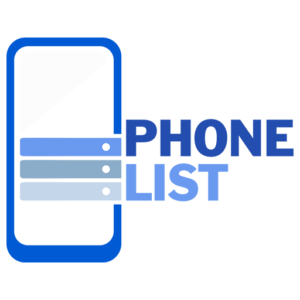Continuously B2B email list segmentation is a powerful technique that allows you to unlock the potential of targeted marketing. By dividing your email list into distinct segments based on specific criteria, you can tailor your messages to the unique needs and interests of each segment. Here’s how to effectively segment your B2B email list: Identify relevant segmentation criteria: Start by identifying the segmentation criteria that are most relevant to your business and marketing goals.
Consider factors such as industry
For example, you can send a welcome email series to new subscribers or a nurturing sequence to leads who have shown interest in a particular Somalia B2B List product or service. Implement automated workflows: Automate your email marketing workflows to deliver targeted messages at the right time. Set up automated email sequences based on specific triggers or actions taken by subscribers. Company size, job title, geographic location, purchase history, engagement level, or specific pain points. The criteria should align with your target audience and help you deliver more personalized and targeted content. Gather and analyze data: Collect the necessary data to segment your email list effectively. This can include data from sign-up forms, website interactions, purchase history, or CRM systems. Analyze this data to gain insights into your subscribers and their preferences, enabling you to make informed decisions about segmentation.
Create distinct segments
Once you have identified your segmentation AO Lists criteria and gathered the relevant data, divide your email list into distinct segments. Assign subscribers to segments based on their shared characteristics or behaviors. For example, you might have segments for different industries, job roles, or customer lifecycle stages. Customize content for each segment: Tailor your email content to the specific needs and interests of each segment. Develop targeted messaging and offers that resonate with the challenges and pain points faced by each segment.
This could include providing industry-specific insights, case studies relevant to their role, or solutions tailored to their unique requirements. Personalization is key to effective B2B email marketing. Use the data you have on each subscriber to personalize your emails. Address recipients by their names, reference their company or industry, and incorporate any other relevant personalization elements. This creates a more personalized and engaging experience, increasing the likelihood of response and conversion.



